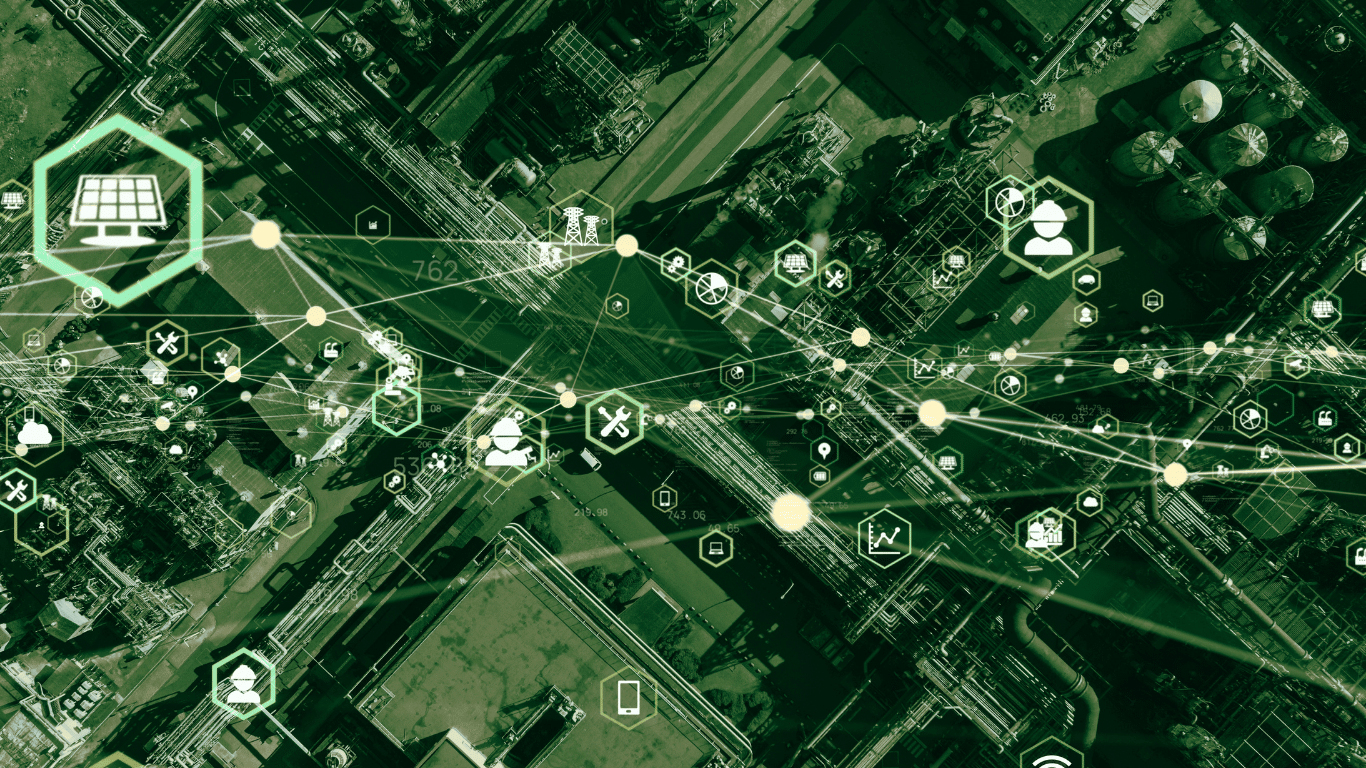22/05/2025
Want to know more about how service desk works? Here are 7 improvements it will make to your working life.
When systems fail or technical questions arise, productivity can take a nosedive. This is where the IT service desk becomes indispensable. More than just a support line, a well-managed service desk streamlines operations, enhances employee satisfaction, and plays a critical role in business continuity.
1. Quick resolution of issues
From forgotten passwords to software glitches, the service desk is your first line of defence. It provides a single point of contact for resolving IT issues quickly and efficiently. Instead of spending hours troubleshooting or waiting on unresponsive support, employees can submit a ticket and return to work with minimal disruption. Faster resolutions lead to fewer delays, which keeps the business running smoothly.
2. Centralised support and knowledge base
The service desk acts as a centralised hub for IT support. Whether the issue involves email access, hardware problems, or system outages, users know exactly where to turn. Many service desks also maintain a self-service portal or knowledge base with FAQs, guides, and troubleshooting steps, allowing employees to resolve common issues on their own, anytime.
3. Improved communication and transparency
A structured service desk keeps employees informed through automated ticket updates, estimated resolution times, and real-time alerts during major incidents. This transparency builds trust and reduces frustration, especially during high-impact issues. Employees feel reassured knowing their problems are acknowledged and being actively addressed.
4. Proactive problem management
Beyond fixing immediate issues, a mature service desk helps identify recurring problems and patterns. By analysing ticket trends and root causes, IT teams can take preventative action, like rolling out patches, upgrading systems, or offering targeted user training. This reduces downtime and leads to a more stable IT environment over time.

5. Better work-life balance for employees and IT staff
A responsive service desk reduces stress across the board. Employees don’t have to scramble for help or spend hours troubleshooting, and IT teams aren’t overwhelmed with unmanaged requests. Many service desks use automation and prioritisation tools to handle tasks more efficiently, allowing everyone to focus on higher-value work.
6. Support for remote and hybrid work
As flexible work becomes the norm, the service desk ensures that remote employees receive the same level of support as those in the office. Cloud-based ticketing systems, remote access tools, and chat support keep everyone connected, regardless of location. This is crucial for maintaining productivity in a distributed workforce.
7. Continuous improvement through feedback
Most Service Desks include user satisfaction surveys and reporting tools. By collecting feedback and performance metrics, IT teams can improve response times, adjust workflows, and enhance the overall support experience. This commitment to continuous improvement contributes to long-term user satisfaction and trust in the IT department.
So, now you know how service desk works, you can see that your daily working life can be changed drastically by a something so simple.
A well-functioning IT service desk does more than fix problems, it enables productivity, supports business goals, and empowers employees to focus on what they do best. Investing in a reliable, responsive service desk isn’t just smart, it’s essential.
If your organisation is looking to elevate its IT support experience, partnering with Getronics can help you build or optimise a service desk tailored to your needs. Get in touch with our dedicated team to learn more.




